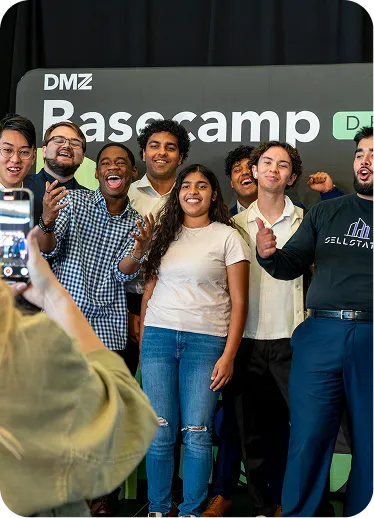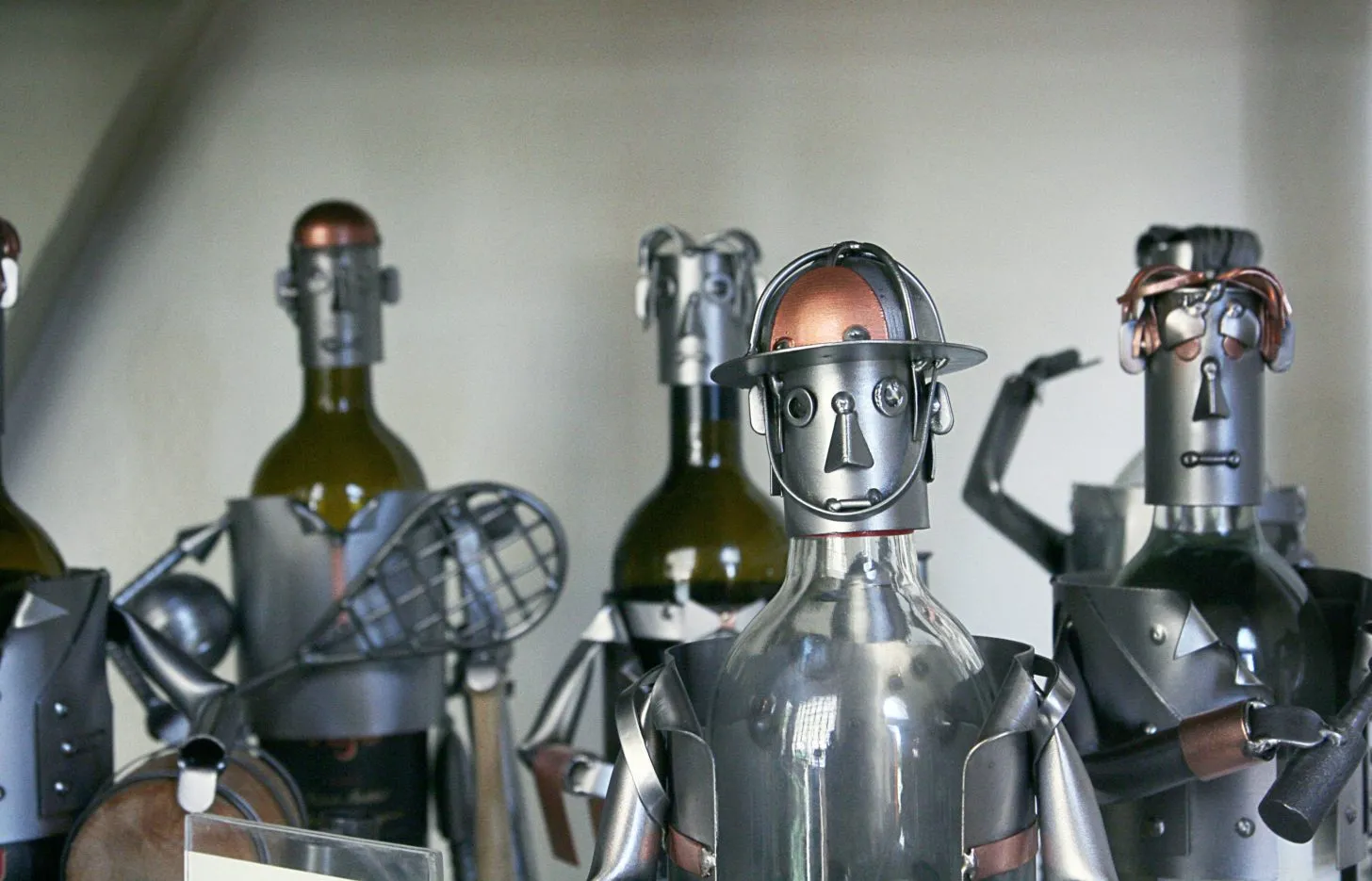Last week U.S. burger restaurant CaliBurger made a surprising hire. It onboarded a burger-making robot called Flippy.
The machine, made by Miso Robotics, can flip between 100 and 300 burgers every hour and run for 100,000 hours on a single charge. Essentially, it's a super cook that takes zero breaks and requires no pay.
Understandably, labour critics are worried about what Flippy, and other robots like it, mean for the human workforce. In the end, Flippy was taken offline after one shift due to human issues, but it provided a sneak peek into what will soon be society's fully-automated future.
As technology advances, more businesses will likely adopt fast-paced robots that can maximize output and potentially displace human workers altogether. In fact, it's already happening now at an alarming rate. Foxconn, a Chinese supplier that counts Apple and Samsung as clients, replaced 60,000 of its factory workers with robots. Meanwhile, banking group Swedbank now relies on AI- focused virtual assistant Nuance Nina, a robot that can provide a "human-like" experience, for its customer service needs.
Foxconn Technology Group, one of the world's biggest electronic manufacturers, replaced 60,000 human workers with robots.
While shocking it's just the beginning of what's to come. A Mckinsey & Company report found up to 800 million workers could lose their jobs due to automation by 2030.
Business 2.0
To some degree, it was only a matter of time before robots took over human jobs. Tech firms have spent years perfecting how to create better, faster robots. In the process, these technological advancements are transforming decades-old legal frameworks designed to protect workers.
Although, replacing humans with robotic workers isn't as easy as it sounds, at least not yet. Manufactures cannot simply fire humans and replace them with robots, due to work obligations. Those obligations include giving appropriate notice and consultation on redundancies.
Jobs robots are already doing:
An example of new workplace liability issues can be found in driverless cars. Manufacturers are using the latest digital technologies to help vehicles run using little-to-no human impact.
In those circumstances, if something goes wrong a number of different stakeholders would be liable for an accident. It also means companies will need to raise compliance issues under data protection laws. Robots open up more ways to capture personal data, which make companies compliant with privacy laws.
The robot revolution
Aside from the liability side, an influx of robot workers could also have dire ramifications on society. "Possible mass unemployment could lead to human catastrophes and a wave of migration," according to a report by the International Bar Association.
The effects could especially be devastating in developing countries that rely on low-skilled jobs. "About 47 per cent of total U.S. employment is at risk," the reports adds, while up to 70 per cent of total employment in countries like Thailand are at risk.
Fast-paced automation means robot worker issues aren't going away anytime soon and likely impact the law long into the future. Existing regulations will give way to legal grey areas that will require lawmakers and companies to play a pivotal role in navigating the future. For companies, this means being more forward thinking when it comes to integrating new robots into their workplace until the law catches up. Already, companies right now are finding out the hard way that automated technology can be costly when it malfunctions.
To learn more about how robots and artificial intelligence are changing the world listen to Robert Gold, host of BusinessCast. Make sure to also visit our official iTunes page.


.webp)




